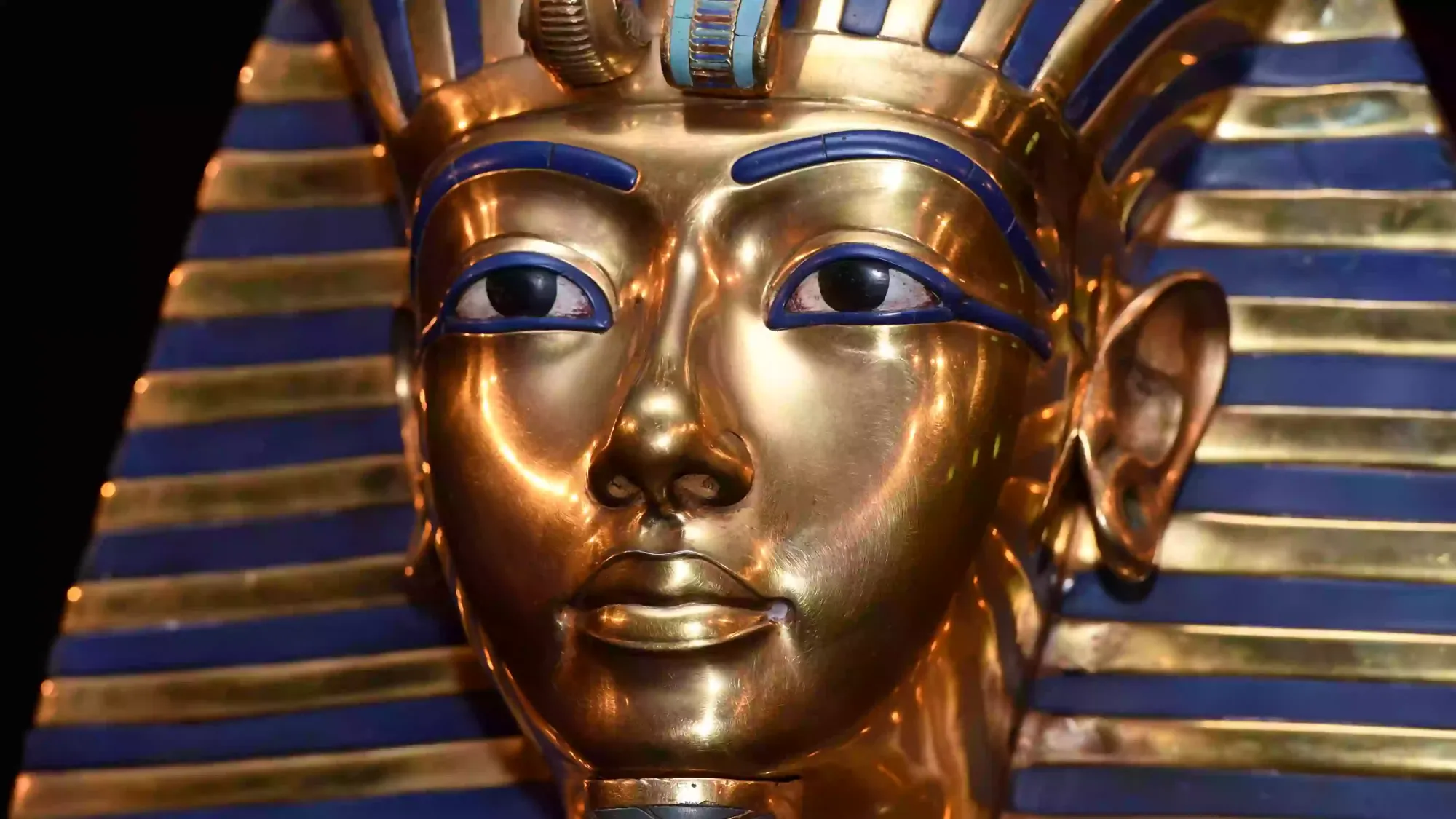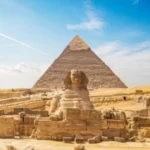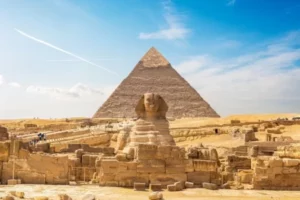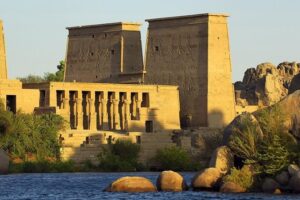King Tutankhamun, or Heqaiunushema (Nebheperure) is one of Egypt’s most famous pharaohs, although his name is not in the Abydos kings list, and inscriptions say that his rule was of short duration. The tomb of Tutankhamun was discovered in 1932 by Howard Carter and garnered major media attention worldwide. His grave was intact and featured some of the most beautiful burial items and furniture ever found. The funeral mask of King Tutankhamun wore is one of the most famous ancient artifacts in the world.
More About King Tutankhamun
Tutankhamun’s name means “the Living image of the Aten.” Later on, however, he changed his name to Tutankhamun or Heqaiunushema, which stands for “Living image of Amun who is the ruler of Heliopolis And Upper Egypt.” The name was spelled Amen-tut-ankh. He seems to have changed his name shortly before he abandoned the city of Akhenaton and returned to Thebes to reinstate the ancient gods. Nebheperure, which meant lord of manifestations of Re, was the throne name of the king and it is even said that as a pharaoh, he was known by the name of Nibhurrereya which can be seen in the Amarna letters.
King Tutankhamun’s Family Background
King Tutankhamun married Ankhesenpaaten (Ankhesenamun), who is also said to have been his half-sister since she was the daughter of Akhenaten and Nefertiti. The couple seems to have been very close and was depicted together in some intimate scenes in some beautiful engravings found in his tomb. Unfortunately, it seems that the only two children they had were stillborn since two tiny mummies were buried with their father.
In an inscription, he is referred to as the son of the pharaoh, but it is still not clear which king is being mentioned here.
The Reign Of King Tutankhamun
The rule of King Tutankhamun is dated from 1334 to 1325 BC, and it was at the end of the eighteenth dynasty of the new kingdom. He rose to power at a young age, and it’s thus said that it was actually Ay who controlled the throne then. Just before the reign of this pharaoh began, Akhenaton saw a religious revolution that rejected the ancient gods and promoted Aten while abandoning Thebes with a new city, Akhetaten, which seemed to have no links with any other god but Aten.
When King Tutankhamun was in the third year of his reign, he started the restoration of the old gods and lifted bans on temples and restored priesthoods. The capital was moved back to Thebes, and new temples in honor of Amun Ra were built. The pharaoh and his queen also changed their names to honor Amun.
The Worldwide Fame Of King Tutankhamen
The discovery of the tomb of Tutankhamun put Egypt in the international spotlight, and a huge number of tourists and scholars from all across the globe visited Egypt to see the artifacts from his tomb.










